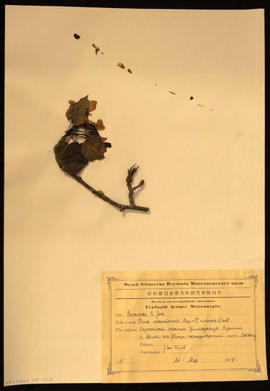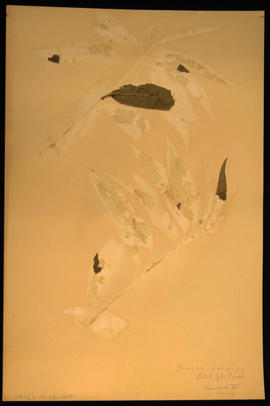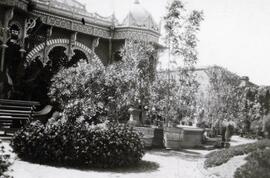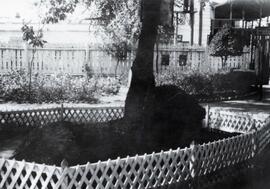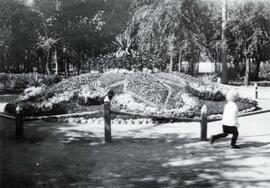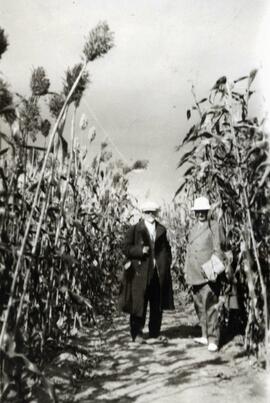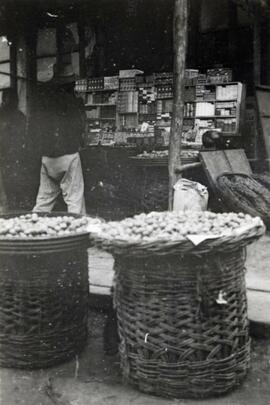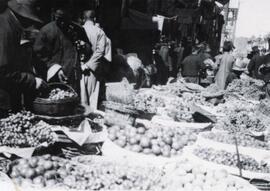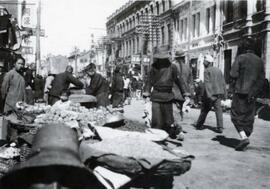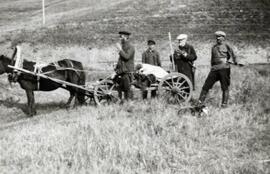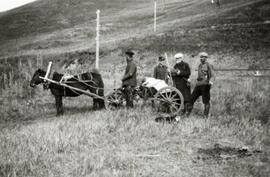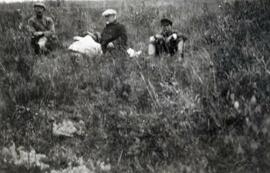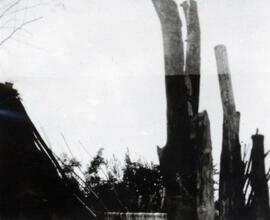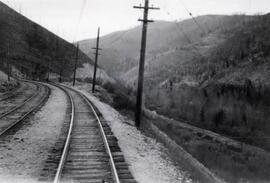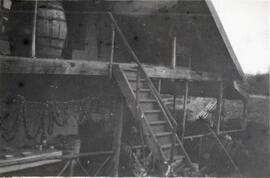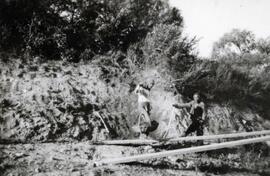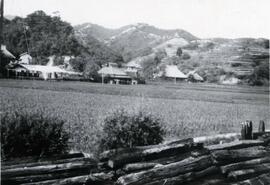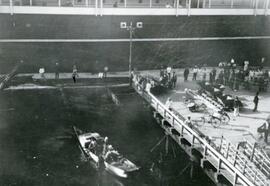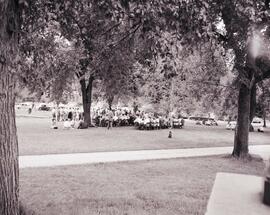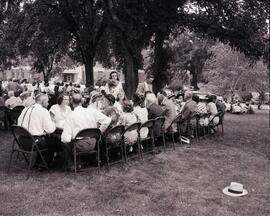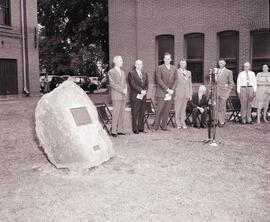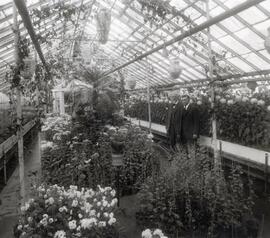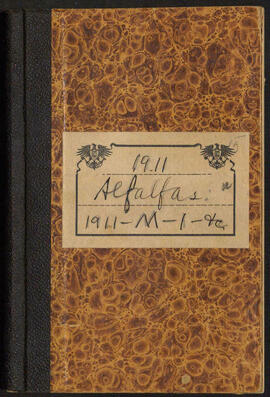Plant specimen: Rosaceae B. Juss. Spirea media Schmidt
- B07-F13
- Folder
- 1924 March 30
Part of N.E. Hansen
Rosaceae B. Juss. Spirea media Schmidt. Plant specimen collected by N.E. Hansen, 1924. N.E. Hansen (1866-1950) was a Danish-American horticulturist and botanist who was a pioneer in plant breeding. Hansen came to South Dakota in 1895 and became the first head of the Horticultural Department of South Dakota State College. He also served as agricultural explorer for the United States Department of Agriculture. He searched for hardy grasses, fruits, and other plants throughout Europe and Asia and brought them back to the United States to raise or crossbreed with American varieties to produce hardy plants. Specimen is mounted on an 11.5 x 16.5 inch herbarium sheet accompanied by a label printed in Russian in Cyrillic letter with hand-written notation in blank ink.


